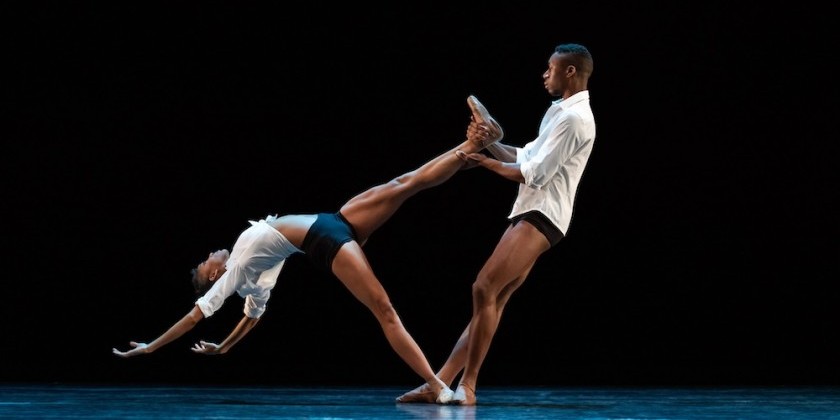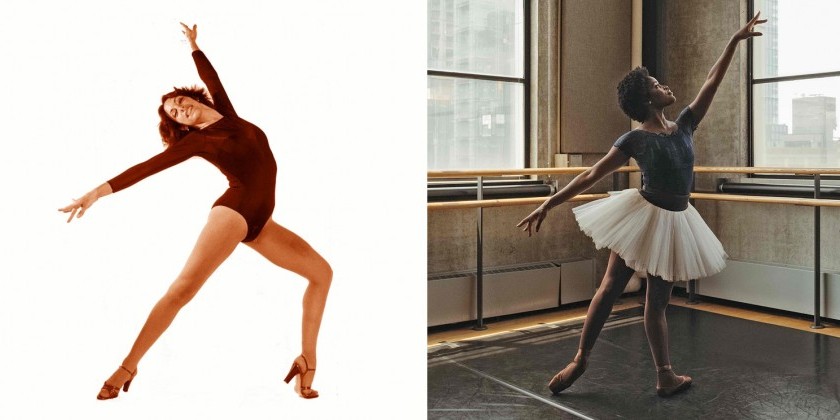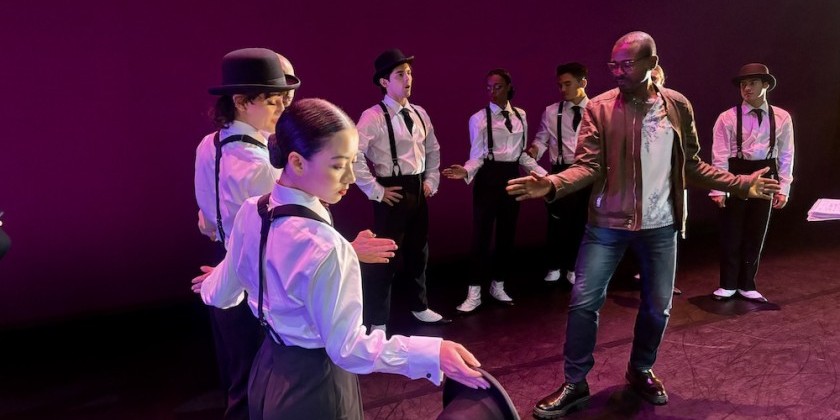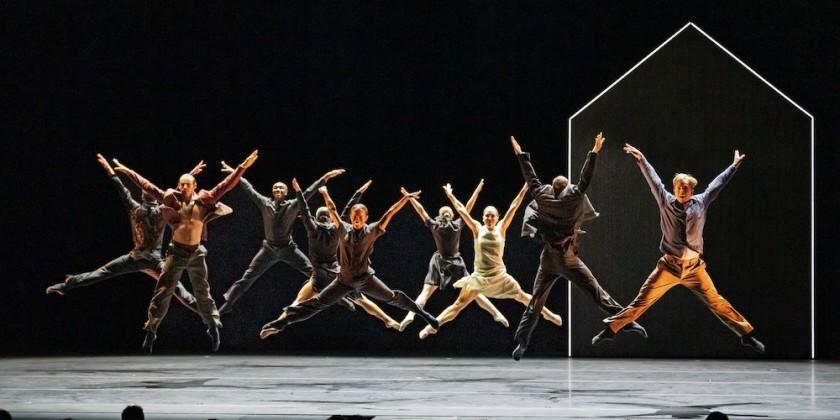DAY IN THE LIFE OF DANCE: Judy Tyrus, From Principal Ballerina at Dance Theatre of Harlem to Founder & CEO of ChromaDiverse

A Teller & Keeper of Stories: Dancer, Archivist, Curator & Leader in Online Archiving for Dance
Judy Tyrus began dancing as a little girl in Richmond, California. She studied in a room with a cement floor and no barres, accompanied by a boom box playing classical cassettes. Though not practicing in the most inspiring of settings, Tyrus, encouraged by her dynamic teacher Ronn Guidi, knew she had to become a ballet dancer.
When Guidi went on to found and direct the Oakland Ballet, Tyrus followed, "That's when I started training hard. I was so focused," she said, in a recent Zoom conversation. For the majority of her high school years, she danced with the Oakland Ballet. Then, at 16, her parents took her to San Francisco to see the Dance Theatre of Harlem — a game changer.
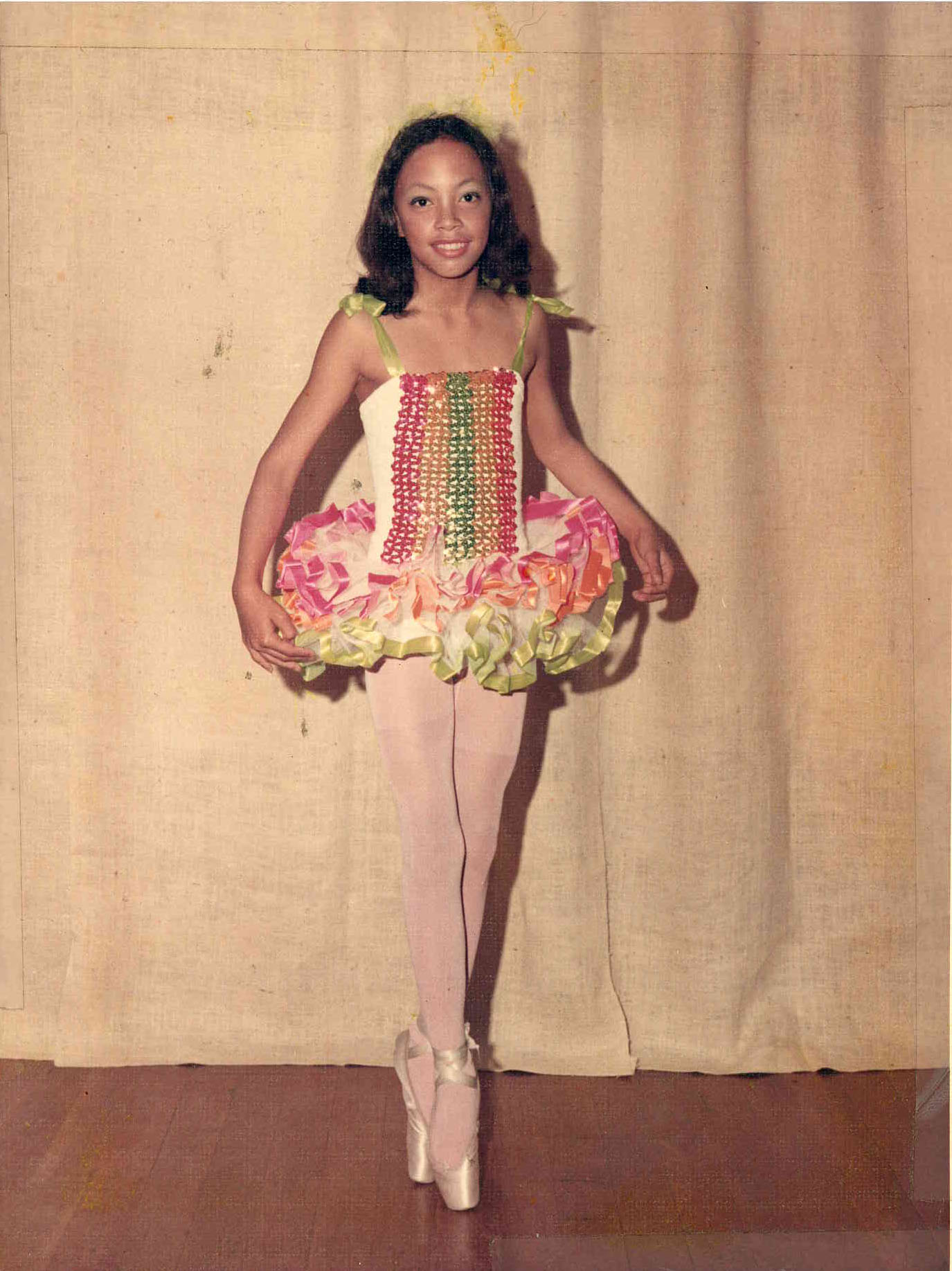
Bowled over by the abundant talent on stage and the multi-hued dancers — not in pink tights and toe shoes but wearing "all the beautiful browns of the chromatic rainbow" — Tyrus wanted to join right away. An audition led to an apprenticeship, then 22 years as a principal dancer performing to critical acclaim around the globe.
She retired in 1999, taking a break from dance, to raise her two daughters. Returning to DTH when the girls started school, she volunteered in the company's marketing department. Her job, clearing piles of archival materials off a table in the main office, soon expanded to organizing rooms of scattered historical materials — a monumental endeavor. She accomplished the task, shifting easily from an interpreter of dance stories to a preserver of them.
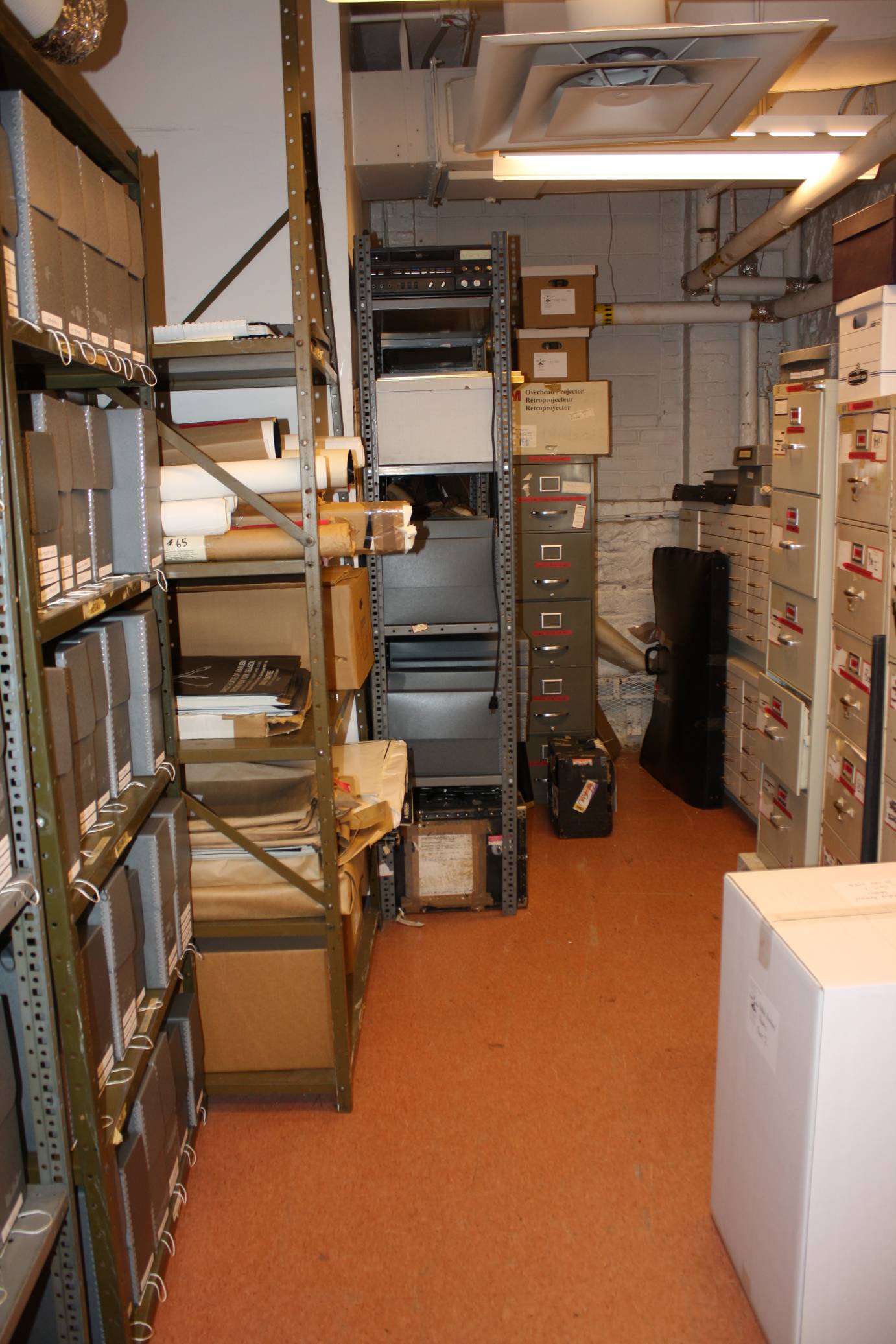
In 2008, Arthur Mitchell, the visionary founder of DTH, tapped Tyrus to curate the company's 40th anniversary exhibit at The New York Public Library. "I remember asking him, 'What does that mean, exactly?' 'Oh, don't worry, darling,' he said, 'as a principal dancer, you have done things much harder than this.' "
"I didn't know how to do it," says Tyrus, but I was working with the best people, all of the curators there to help me pull things together." The Dance Theatre of Harlem: 40 Years of Firsts exhibit opened at the New York Public Library for the Performing Arts in 2009 and toured the US through 2018.
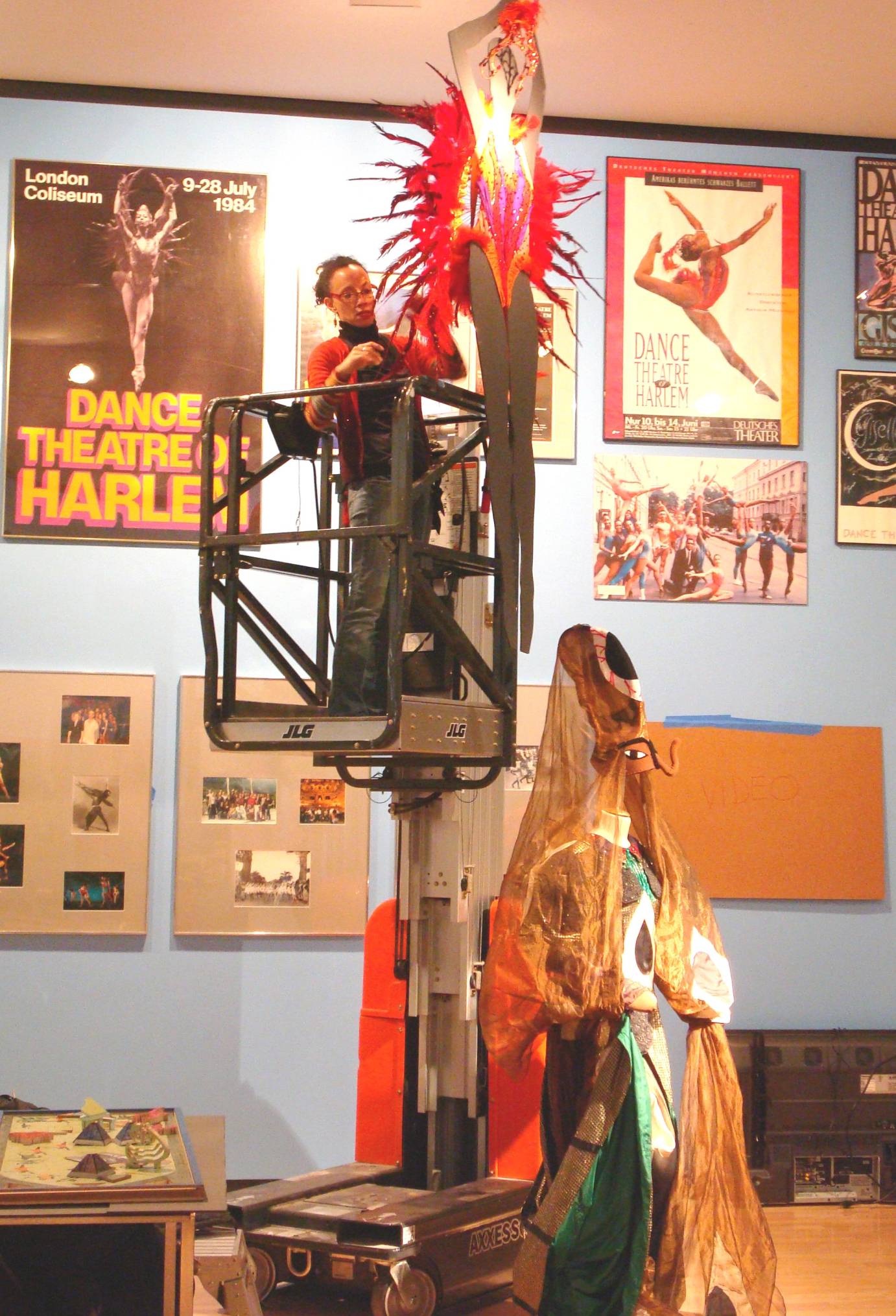
Having lived, breathed and danced DTH for most of her youth and early adult life, Tyrus was astounded when she noticed books dedicated to classical ballet's history not mentioning the company. The concept of erasure coupled with her dedication to DTH impelled her to chronicle its story in book form, a project that took over seven years to complete. Dance Theatre of Harlem: A History, A Movement, A Celebration, co-authored with colleague Paul Novosel, meticulously covers the history of Arthur Mitchell's dream company, noting not only its artistic significance but also its value as a cultural, social, and civil rights phenomenon worldwide.
Based on her experience with DTH, Tyrus realized, "This was not just a singular situation." Dance companies are too busy performing and keeping financially afloat to maintain archives, not to mention the lack of space for their storage.
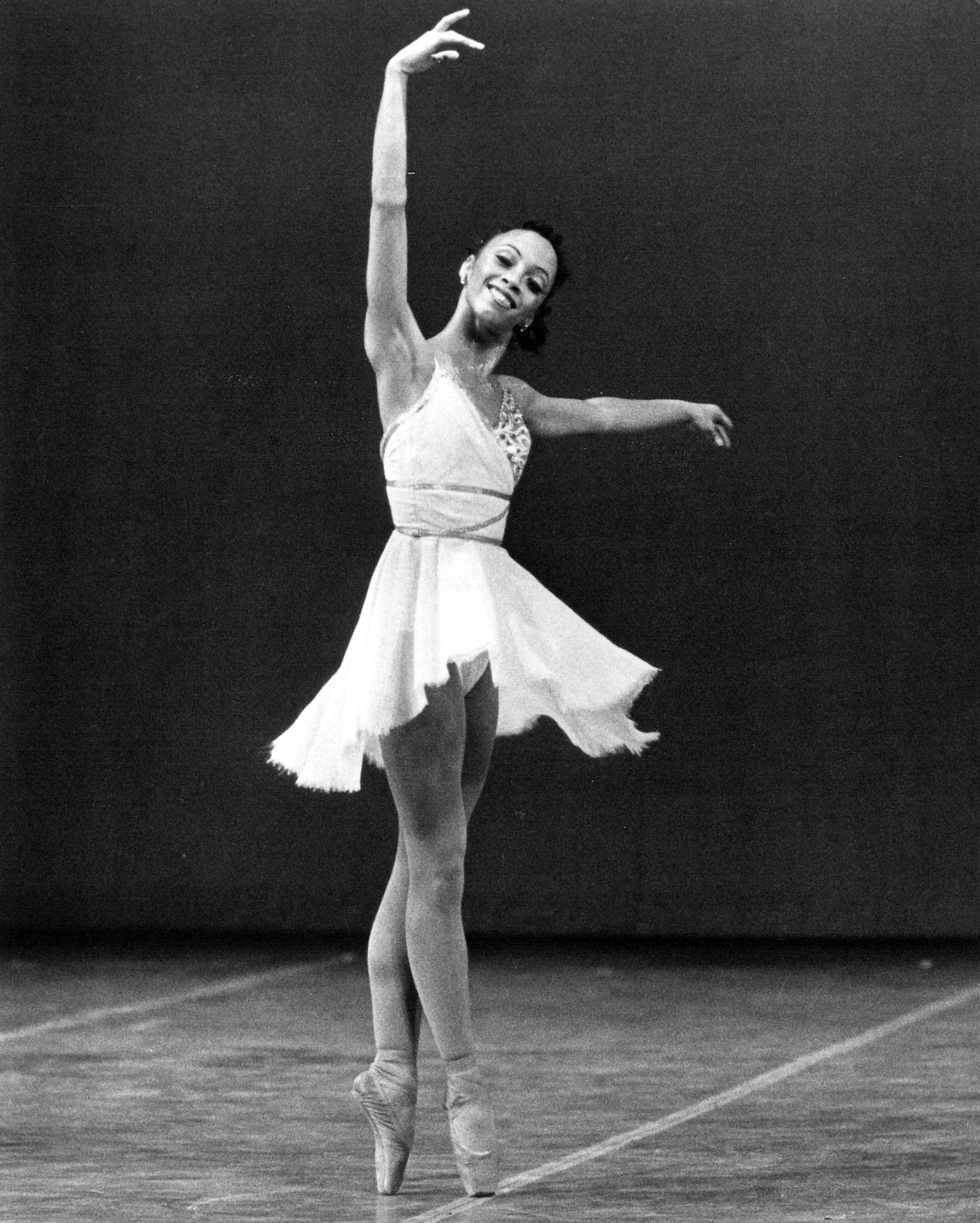
"That's when I decided, in 2019, to start ChromaDiverse, to help as many dance organizations as I could get my hands on, particularly dancers of color, with their archives. So many companies come to us and say that they don't have a way to read about their history because they don't have a book. They don't have boxes [of historical material] organized."
Tyrus and ChromaDiverse's Chief Operating Officer, Eric Waldman, instruct these artists to begin with their programs. "We realized that the performance programs are like the who, what, where, and why of a dance organization and can give the historic arc — the chronology of a dance company. We start with those, and all of that data becomes the baseline to sprinkle everything else on top of. And the programs have a lot of data, right?" Tyrus emphasizes. "Can you imagine typing all that up? To capture all the data in one program [manually] would probably take a full day. We decided early on that we would develop a software that captures the data of a performance in a scan of the performance program, then populates it into a digital asset management system automatically."
That system, developed and trademarked by ChromaDiverse, is called CD Smart Capture. Another creation by the organization is their CD Digital Vault, which serves as the holder and organizer of a dance company's artistic story.
Tyrus points out that one of the problems with archiving is the tendency to believe that because it refers to the past, it's unimportant. Artists are concerned with the present moment. "But a living legacy becomes something people can be more invested in," she says, "a useful tool which enables them to do marketing, fundraising, teaching, all the things that dance organizations do."
Having an archive online, rather than locked up in a special room that requires permission and one's physical presence to access, is another highlight of the ChromaDiverse project. Knowledge becomes available for anyone who would like to learn, and dance companies need only to keep the physical objects most precious to them, not every single item.
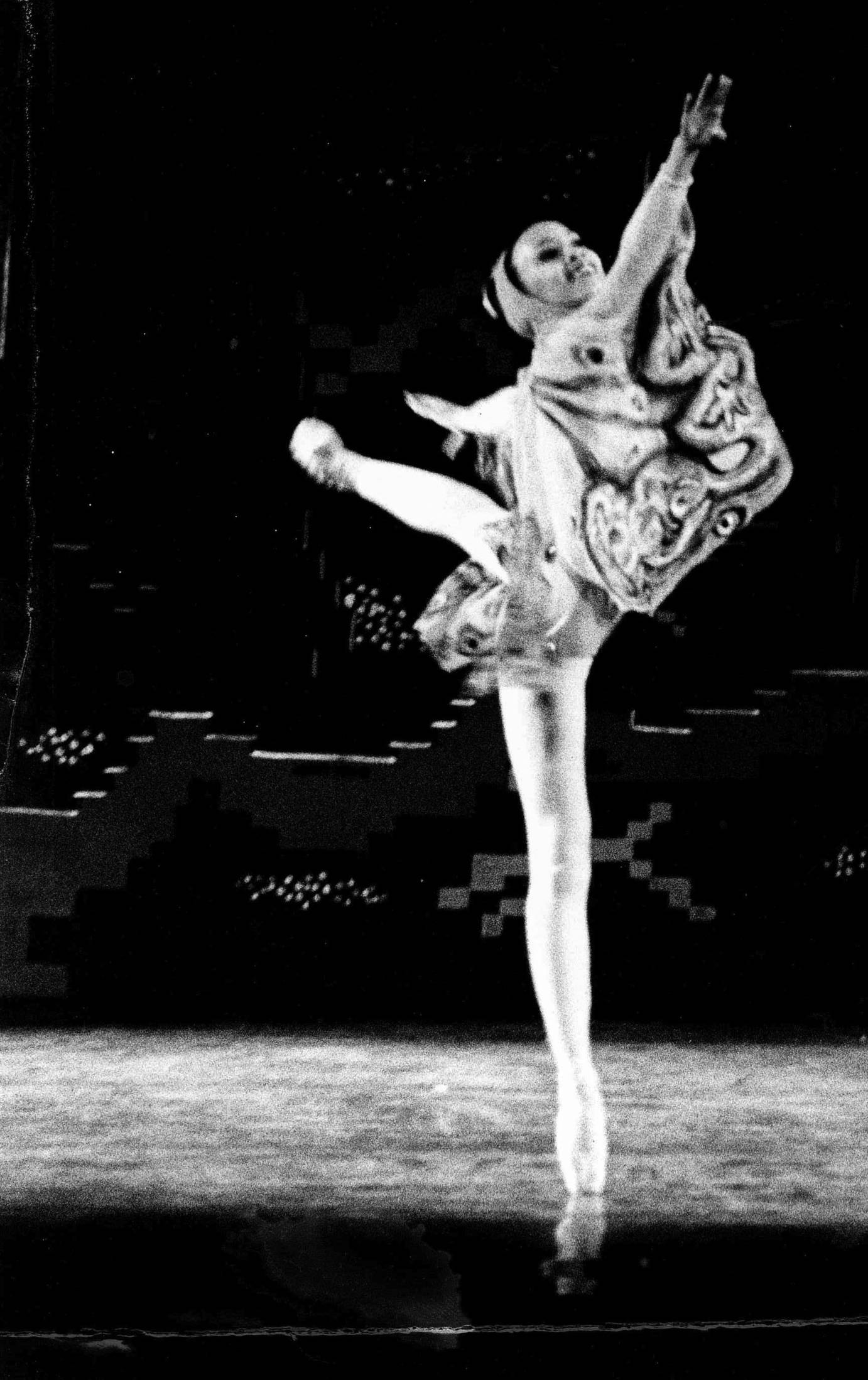
To date, ChromaDiverse is working with ten partners on their archives. One of the first groups to sign on was Tyrus' alma mater, the Oakland Ballet. Their archives had dispersed over the years among former dancers and friends of the company. Retrieving programs and identifying who was who was a challenge, but Tyrus is accustomed to those. The Oakland Ballet's living archive is now an excellent example of how ChromaDiverse can showcase a company's story. And it continues to grow.
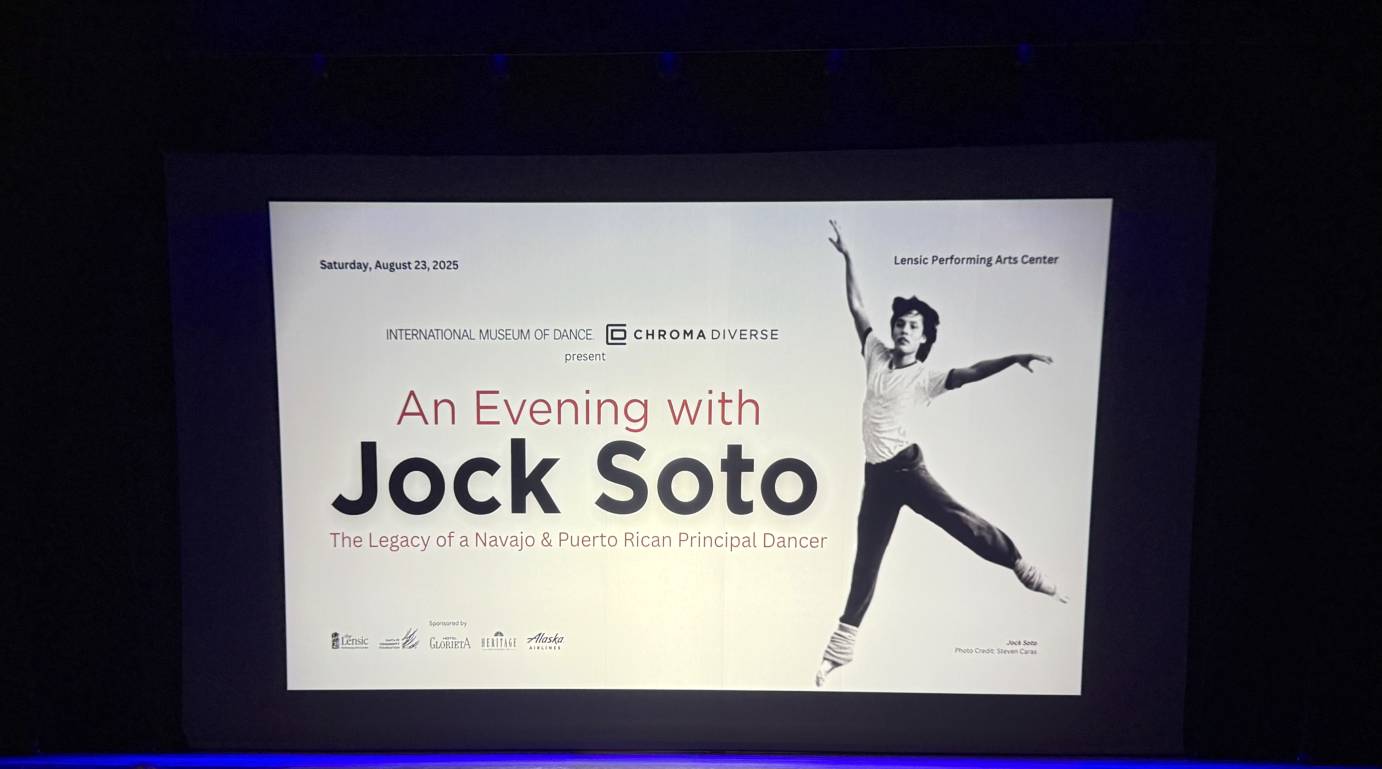
Most recently, I met Tyrus and Waldman in New Mexico for an event she and another new partner, the International Museum of Dance, sponsored — an Evening with Jock Soto, The Legacy of a Navajo and Puerto Rican Principal Dancer. Soto's archive is also part of the ChromaDiverse universe — a wonderful place to be.
The trajectory of Tyrus' career seems unlikely. She knew she had to be a dancer, but never did she suspect she would become an archivist, a curator, an author, or, much less, a CEO of a non-profit technology company designed to keep and protect the dance world's stories. She describes herself as simply moving forward, rolling into each new adventure, giving it her best energy.
"It's really about preserving history, legacy, and preventing erasure. I feel that innovation, art, and dance are all connected. And we're innovating. That's what my company is about — innovating ways to enable this history not to be lost."
UPCOMING EVENT:
Don't miss ChromaDiverse's CurtainConnect launch event!
Date: November 2, 2025
Venue: Yerba Buena Center for the Arts, San Francisco









